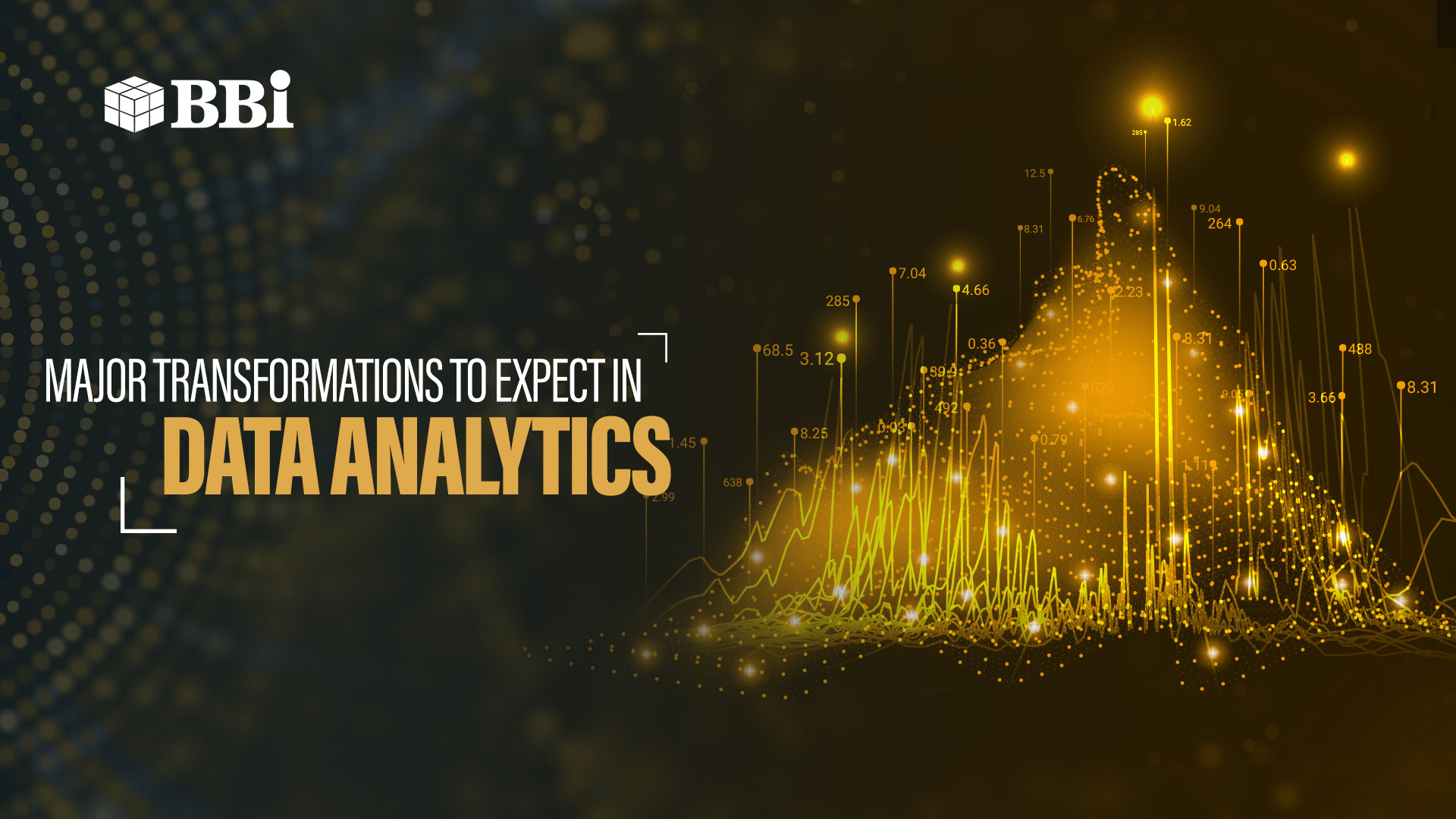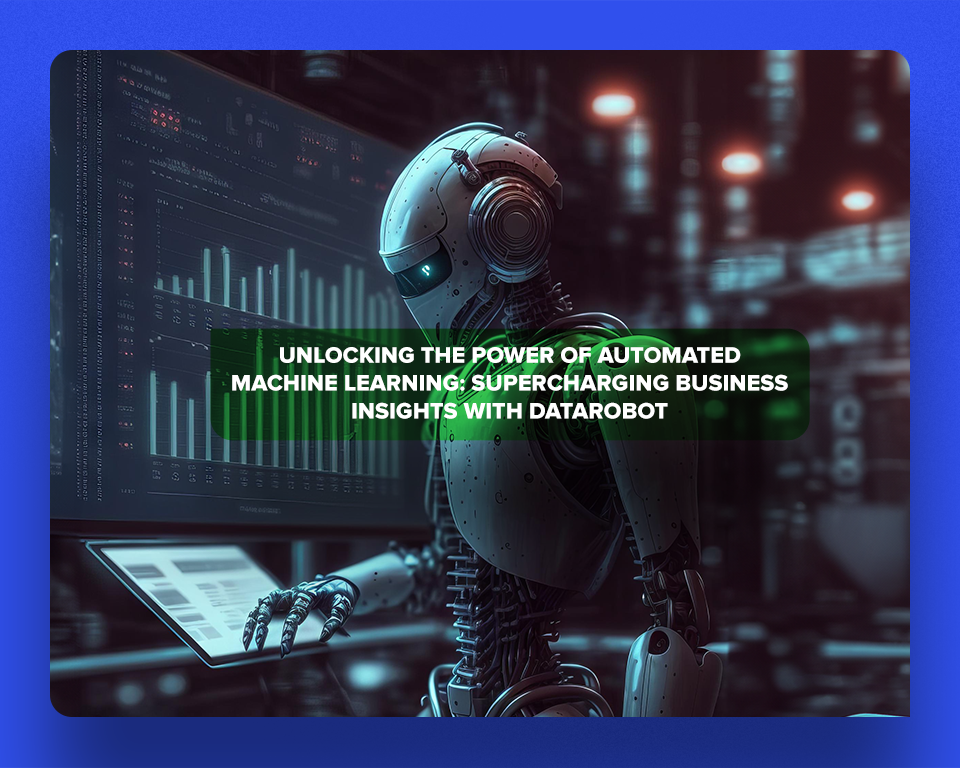

Major Transformations to Expect in Data Analytics in 2021
Like everything else in the industry, data analytics technology constantly evolves. State-of-the-art tools today can be outdated in just a few months. Keep pace with the fast-paced changes so you can be prepared to grab opportunities and overcome challenges.
This year, we will see some major transformations in data analytics. Watch out for those where your business enterprise can greatly benefit.
Operationalization of AI and Machine Learning Framework
Last year, AI and machine learning were key to gaining vital insights on various aspects of the pandemic. This year, we will see even faster and smarter AI. New chip architectures are beginning to be deployed for use on edge devices which will further accelerate AI and ML workloads by 32% through Removing monolithic structures with holistic Architecture mixed with micro serving architecture. As AI solutions become more scalable, their impact on businesses becomes higher.
By 2024, Gartner predicts that three-fourths of enterprises would already be operationalizing AI and ML.
Graph technologies to encourage fast contextualization
AI and ML initiatives can be further improved through graph algorithms and technologies. Graph analytics uncovers hidden patterns and relationships between data points. They enable deeper contextual awareness and understanding of the nature of these relationships.
This year, graph technologies will spur fast contextualization for decision-making within business enterprises.
Interest and effort for X analytics will continue to grow
X analytics enables enterprises to run analytics on both structured and unstructured data regardless of their data format. It augments the capability of enterprises to extract the most value from all touchpoints and understand behavioral changes. It also enables enterprises to capitalize on shifts in patterns.
Used with AI, graph analytics, and other techniques, X analytics will play a key role in major innovations in the next few years.
Increased Use of Database as Service (DBaaS)
More enterprises are seeing the benefits of DBaaS in terms of cost-effectiveness, security, and scalability.
Users can gain access to a cloud database system without investing heavily in software and hardware.
They are also assured of enterprise-grade security for their data and compliance with data privacy regulations. More importantly, DBaaS enables them to easily scale their cloud database to meet fluctuating consumer demands.
From Dashboards to Dynamic Data Stories
The shift from predefined dashboards to dynamic data stories will continue to accelerate this year. Augmented analytics techniques, NLP, and other new technologies will pave the way for the automatic generation of dynamic data stories.
Users will no longer need to perform their own analysis as the most relevant insights are streamed to them based on their role, use, or context.
More pervasive containerized application deployments
Enterprises are now moving away from traditional data lakes and adopting hybrid and multi-cloud environments for agility. As they do so, container-based deployments make analytics capabilities more composable and operable across such environments. With more composable data and analytics, enterprises can connect insights to actions much faster.
Data and Analytics at the Edge
Edge computing environments will increasingly house data and analytics technologies as more data are created, managed, and analyzed in such environments. An Omdia Edge Report predicts that around three million data servers would have been deployed at the edge by 2021.
This growth in edge data centers will drive growth for enterprises as data are stored and processed closer to the end-users.
References:
- Burkart, N., & Huber, M. F. (2021). A survey on the explainability of supervised machine learning. Journal of Artificial Intelligence Research, 70, 245-317.

